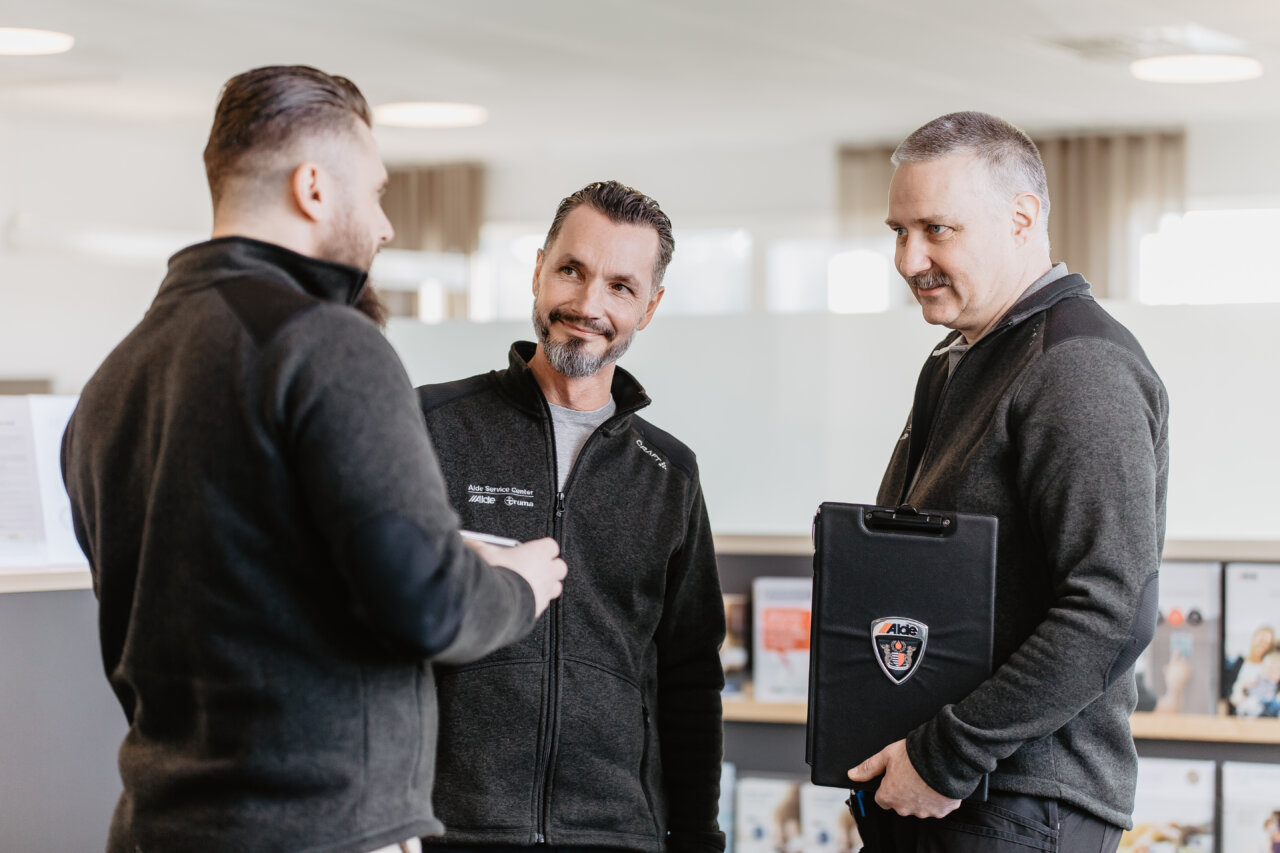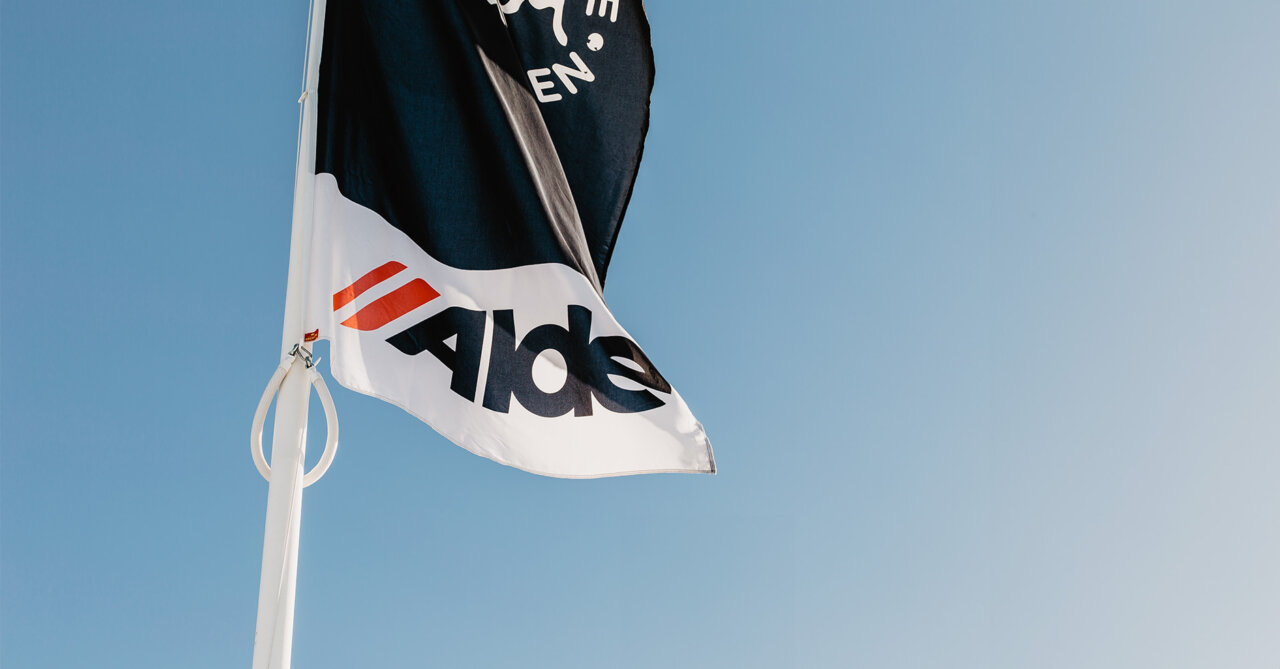Frequently asked questions
FAQ
Check out the most frequently asked questions and answers. Whether you are curious about our products, wondering about maintenance or have technical questions, we have the answers. If you have any further questions or need more detailed information, our service team is always ready to help you.


